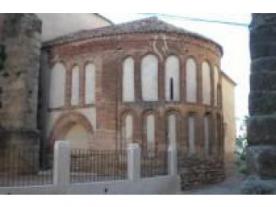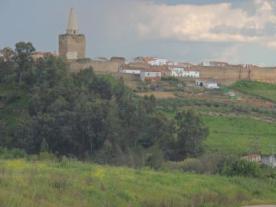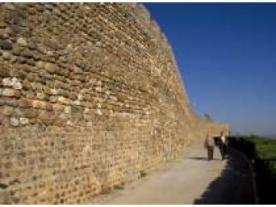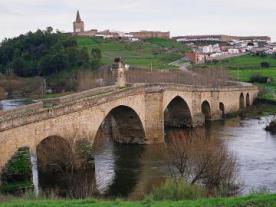Conjunto Histórico Artístico Galisteo
- Vía de la Plata desde Sevilla / Cañaveral-Galisteo
- Vía de la Plata desde Sevilla / Galisteo-Oliva de Plasencia
- Vía de la Plata desde Sevilla / Galisteo-Oliva de Plasencia
Galisteo is a historic town that has been declared a Historic-Artistic Site due to the good state of conservation of many of its heritage resources.
It is located at the confluence of the rivers Jerte and Alagón, and in the middle of two important monumental towns in the north of Extremadura, Plasencia and Coria.
Its origin is uncertain. Nearby there was a Roman station on the Silver Route called Rusticiana, and it is possible that its inhabitants founded what would later become Galisteo. There is also controversy as to whether Galisteo was the Medina Ghaliayah used by Almanzor as one of the stops on his aceifas.
Be that as it may, the first written record of its existence dates back to 1217, as it appears in a privilege dated 28 March, by which Alfonso IX of León granted the Order of Calatrava the town of Alcántara, in whose district Galisteo was located.
One of its main heritage resources is its Almohad wall, which was built with rolls and river pebbles, and which remains intact and surrounds the whole of the Historic Site of Galisteo.
ther important monuments are the parish church of La Asunción, which has an apse typical of the Mudejar Romanesque style of Castile and León, the tower of La Picota and the so-called "Roman bridge" that crosses the river Jerte, which actually dates back to the 16th century and is of medieval tradition.
It is also an obligatory stop for those pilgrims or travellers who follow the Silver Route, either as the Mozarabic Way to Santiago de Compostela, or as a cultural and historical route.

 Printing...
Printing...


